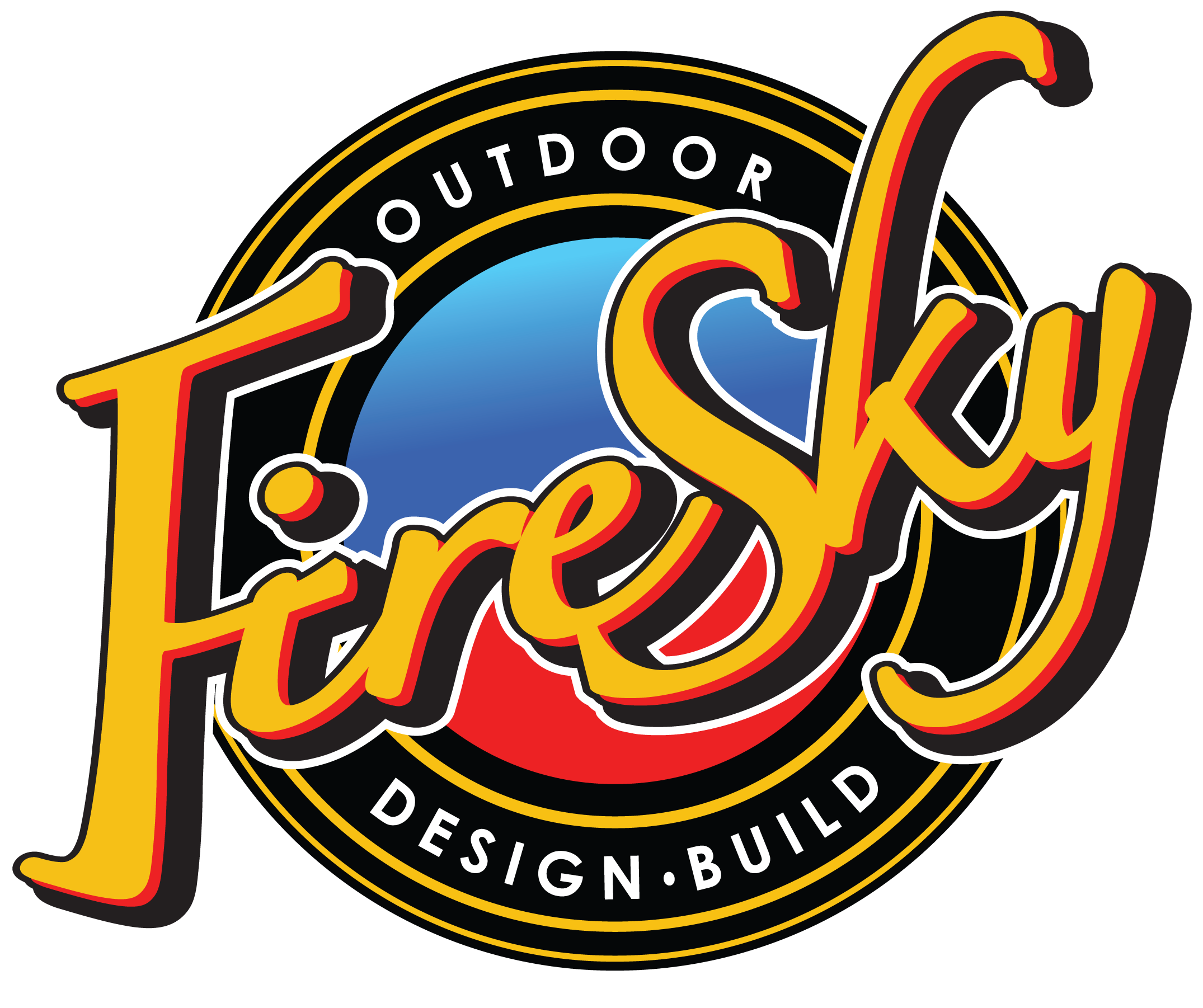The Essentials of Landscape Design for Outdoor Living Spaces in Sparks, NV
Transforming your outdoor living space into a comfortable, stylish, and functional area requires thoughtful planning and a keen understanding of landscape design principles. In Sparks, NV, where the natural landscape offers a unique canvas, creating an outdoor living space that harmonizes with the environment while catering to your lifestyle needs can significantly enhance your home's appeal and your quality of life. This guide explores the essential elements of landscape design to consider when planning your outdoor oasis.
Understanding Your Space
The first step in creating a remarkable outdoor living area is to thoroughly understand your space. This means considering the size, shape, and topography of your property, as well as the local climate and soil conditions. In our area, where conditions can vary widely from hot and dry summers to cool winters, selecting plantings and materials that can thrive in the local climate is crucial. Additionally, understanding the direction of the wind and sun throughout the day can help in positioning seating areas, plantings, and shade structures for maximum comfort.
Creating a Cohesive Design
A cohesive landscape design seamlessly integrates your home's architecture with the natural surroundings. This can be achieved by selecting materials and plantings that complement the style and colors of your home’s exterior. Incorporating repeating patterns or colors can help unify the space, while varied textures and forms add interest and depth. The goal is to create a visually appealing environment that feels like a natural extension of your indoor living space.
Related: Landscaping Services in Reno and Sparks, NV: Solutions for Water-Efficient Landscapes
Zoning Your Outdoor Space
Effective outdoor living spaces are often divided into distinct zones for various activities, such as dining, relaxing, and entertainment. Each zone should be designed with its specific purpose in mind, considering factors like privacy, proximity to the house, and exposure to the elements. For example, a dining area might be placed on a paved patio close to the kitchen, while a secluded nook for relaxation could be nestled among fragrant plantings and shaded by trees or a pergola.
Choosing the Right Plantings
Planting selection is about more than just aesthetics. Choosing drought-resistant and native plantings can reduce water usage and maintenance while supporting local wildlife. Plantings can be used to create natural borders, add privacy, and provide shade. Consider the mature size of plantings to avoid overcrowding and ensure that each planting has enough space to thrive. Additionally, incorporating a variety of plantings that bloom at different times of the year can keep your landacape vibrant across seasons.
Outdoor Lighting and Accessories
Outdoor lighting extends the usability of your space into the evening and adds a magical ambiance. Strategic outdoor lighting can highlight architectural features, illuminate walkways, and create a cozy atmosphere for entertaining. In addition to outdoor lighting, accessories like outdoor rugs, cushions, and decorative objects can add color and personality to your space, making it feel inviting and comfortable.
Prioritizing Sustainability
Sustainability is an important consideration in modern landscape design. This can include practices like xeriscaping, which minimizes water use, and incorporating permeable paving materials that allow water to infiltrate the ground and reduce runoff. Composting, rainwater harvesting, and using organic fertilizers and pest control methods can also contribute to a healthier, more sustainable outdoor environment.
Related: Maximizing Your Outdoor Space: Combining Landscape Design and Patios in Reno, NV

